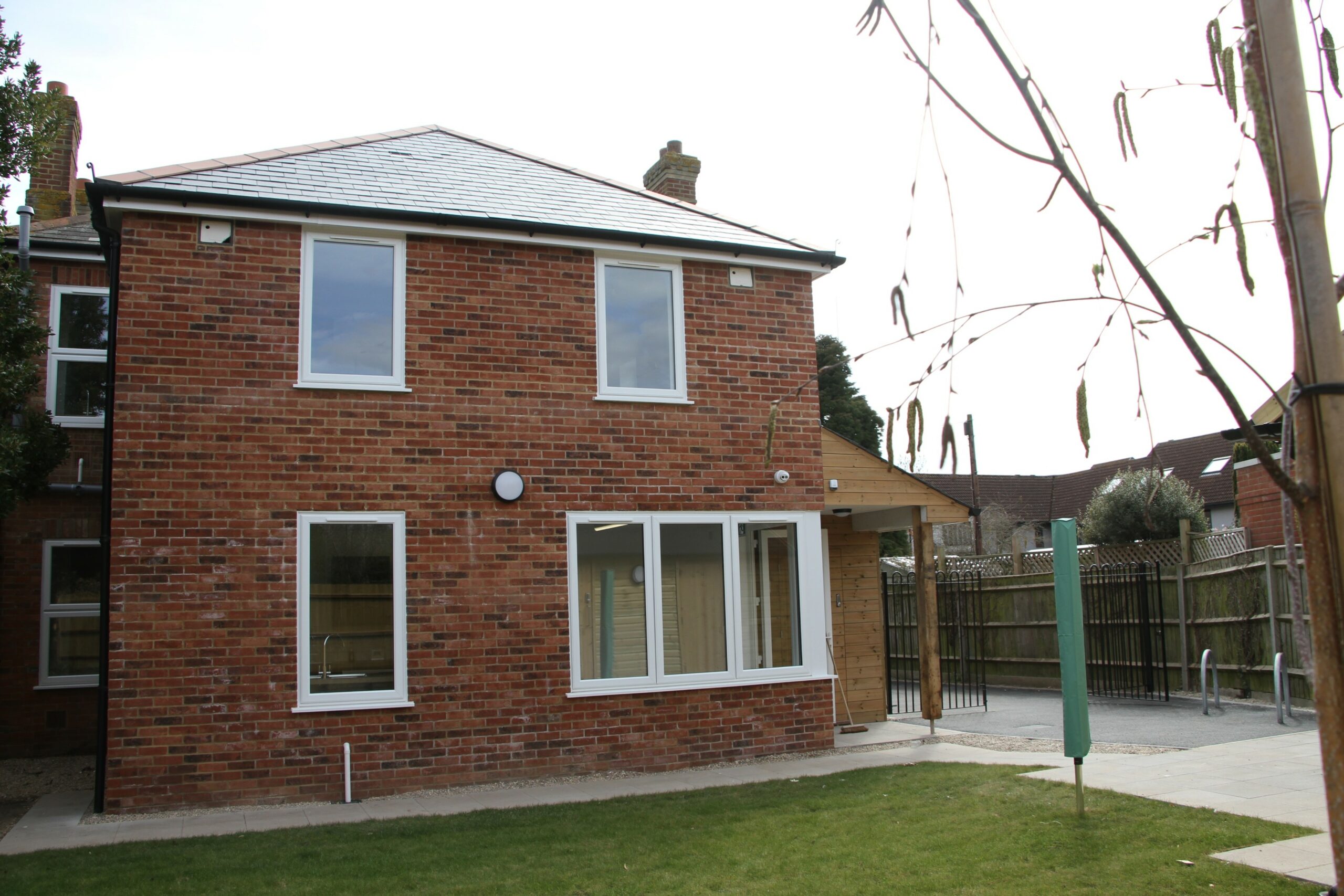A funding freeze on Government support for temporary accommodation is draining district councils of £268m a year – enough money to build over a thousand social homes annually, new analysis reveals.
Councils have a legal duty to provide temporary accommodation for homeless families. The Government is supposed to reimburse most of this cost, but the funding has been frozen at 2011 rental levels, despite housing costs subsequently soaring.
District Councils’ Network (DCN) research shows this funding gap has now reached a total of £268m a year across England’s 164 district councils, with the average district losing £1.6m.
The Government has pledged to deliver 1.5 million homes this parliament, including “the biggest increase in social and affordable housebuilding in a generation”. The scale of lost temporary accommodation funding represents a missed opportunity to help district councils do their bit to achieve it. Based on Housing Forum analysis showing it costs £243,700 to build a house on council land, the £268m funding shortfall is equivalent to 1,101 new social homes every year across district areas alone. Over five years, this amounts to the cost of 5,505 homes.
Government reimbursement for temporary accommodation remains frozen at January 2011 rates. Rental costs have risen dramatically, meaning the Government now covers just 34% of district councils’ temporary accommodation costs, as opposed to the 90% it was originally intended to cover. Some particularly hard-hit districts can reclaim as little as 7% of their total temporary accommodation spend. This represents a direct cost shift from central government to local council tax payers.
The temporary accommodation crisis continues to worsen. On 30 June 2025, 132,410 households were in temporary accommodation, the highest number on record. In the last year alone, there was a 10% increase in households with children placed in temporary accommodation by DCN member councils.
Cllr Richard Wright, District Councils’ Network Chair, said: “The use of grossly insufficient 2011 rates to refund temporary accommodation costs both threatens councils’ financial sustainability and undermines our housebuilding ambitions.
“Councils are having to devote an ever-greater proportion of our resources to dealing with the consequences of homelessness, enriching private landlords in the process, when we’d far rather invest in new housing which would prevent homelessness in the first place.
“The Government has set bold targets to build 1.5 million homes, including a revolution in social housing, yet councils are losing the equivalent of over a thousand homes worth of funding every year because our temporary accommodation funding is nearly 15 years out of date.
“The solution is to update the funding to reflect current rental costs, so councils stop losing money and can free up resources to invest in permanent housing solutions.”
The DCN is seeking the following action in the Budget:
- An immediate review and uplifting of temporary accommodation subsidy funding rates to reflect 90% of current Local Housing Allowance rates
- Capital investment to support councils in building and acquiring their own temporary accommodation
- Long-term sustainable funding that enables councils to shift from expensive emergency accommodation to permanent housing solutions.
Notes to editors
The data comes from DCN’s survey of its member councils, to which 90 district councils responded. The £1.6m subsidy gap figure reflects the mean average of the responding councils’ estimate of the cost of providing their statutory temporary accommodation service minus their income for that purpose from the Department of Work & Pensions and tenant contributions.
Further steps taken to calculate the potential number of homes which could be built were:
- Estimate total subsidy gap across district councils = average subsidy gap amongst the 90 councils which responded to DCN’s survey multiplied by the number of district councils. £1,636,521 x 164 = £268,389,428.
- Estimated cost of a new home on council land = The Housing Forum’s estimate of the total cost of building a house including future costs (excluding land values) minus finance costs. £251,700 – £8,000 = £243,700
- Estimated number of new homes which could be built on council land for the cost of plugging the subsidy gap = Estimated total subsidy gap across district councils divided by the estimated cost of a new home on council land = £268,389,428 / £243,700 = 1,101.





